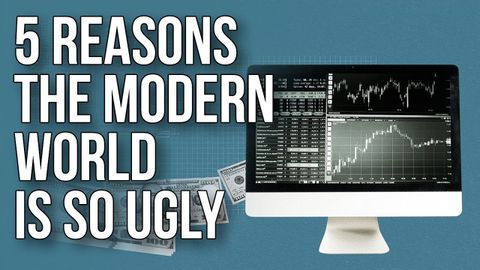現代世界が醜い5つの理由 (5 Reasons the Modern World Is so Ugly)
Summer が 2021 年 01 月 14 日 に投稿  この条件に一致する単語はありません
この条件に一致する単語はありませんUS /ɪk'strimlɪ/
・
UK /ɪkˈstri:mli/
US /ˈpræktɪkəl/
・
UK /ˈpræktɪkl/
- adj.実用的な : 実際の : 実際に役立つ;実践的な;現実的な
- n.実習;実務家
US /ɪkˈsklusɪv/
・
UK /ɪk'sklu:sɪv/
- adj.(裕福層)限定の;排他的な;独占記事;〜を含まない;排他的
US /ɪkˈsprɛs/
・
UK /ɪk'spres/
- v.t.速達で送る;表す
- adj.速達の;急行の;明示的な;急行
- n.急行;速達
エネルギーを使用
すべての単語を解除
発音・解説・フィルター機能を解除

